
The Imperial German Navy or the Imperial Navy was the navy of the German Empire, which existed between 1871 and 1919. It grew out of the small Prussian Navy, which was mainly for coast defence. Kaiser Wilhelm II greatly expanded the navy. The key leader was Admiral Alfred von Tirpitz, who greatly expanded the size and quality of the navy, while adopting the sea power theories of American strategist Alfred Thayer Mahan. The result was a naval arms race with Britain, as the German navy grew to become one of the greatest maritime forces in the world, second only to the Royal Navy.

Sir Robert Laird Borden was a Canadian lawyer and politician who was the eighth prime minister of Canada from 1911 to 1920. He is best known for his leadership of Canada during World War I.
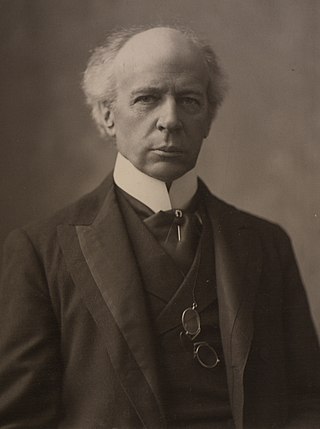
Sir Henri Charles Wilfrid Laurier, was a Canadian lawyer, statesman, and politician who served as the seventh prime minister of Canada from 1896 to 1911. The first French Canadian prime minister, his 15-year tenure remains the longest unbroken term of office among Canadian prime ministers and his nearly 45 years of service in the House of Commons is a record for the House. Laurier is best known for his compromises between English and French Canada.

Sir Samuel Hughes, was the Canadian Minister of Militia and Defence during World War I. He was notable for being the last Liberal-Conservative cabinet minister, until he was dismissed from his cabinet post.
The history of the Royal Canadian Navy goes back to 1910, when the naval force was created as the Naval Service of Canada and renamed a year later by King George V. The Royal Canadian Navy (RCN) is one of the three environmental commands of the Canadian Forces. Over the course of its history, the RCN has played a role in the First World War, contributed significantly to the Battle of the Atlantic during the Second World War, and was a part of NATO's force buildup during the Cold War. In 1968, the RCN was amalgamated with the Canadian Army and the Royal Canadian Air Force to form what is today the unified Canadian Armed Forces. The naval force was known as Maritime Command until 2011, when the environmental command was renamed as the Royal Canadian Navy.
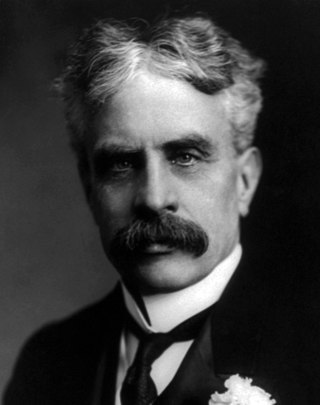
The 1911 Canadian federal election was held on September 21, 1911 to elect members of the House of Commons of Canada of the 12th Parliament of Canada.

The 1917 Canadian federal election was held on December 17, 1917, to elect members of the House of Commons of Canada of the 13th Parliament of Canada. Described by historian Michael Bliss as the "most bitter election in Canadian history", it was fought mainly over the issue of conscription. The election resulted in Prime Minister Sir Robert Borden's Unionist government elected with a strong majority and the largest percentage of the popular vote for any party in Canadian history.
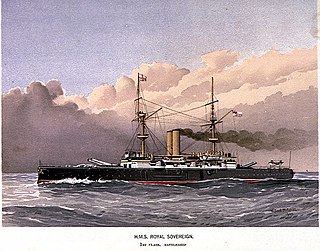
Pre-dreadnought battleships were sea-going battleships built from the mid- to late- 1880s to the early 1900s. Their designs were conceived before the appearance of HMS Dreadnought in 1906 and their classification as 'pre-dreadnought' is retrospectively applied. In their day, they were simply known as 'battleships' or else more rank-specific terms such as 'first-class battleship' and so forth. The pre-dreadnought battleships were the pre-eminent warships of their time and replaced the ironclad battleships of the 1870s and 1880s.

The Civil Marriage Act is a federal statute legalizing same-sex marriage across Canada. At the time it became law, same-sex marriage had already been legalized by court decisions in all Canadian jurisdictions except Alberta, Prince Edward Island, the Northwest Territories, and Nunavut.
The 2005 Canadian federal budget was the budget of the Government of Canada for the 2005–2006 fiscal year. It was presented on February 23, 2005, by Finance Minister Ralph Goodale. It was the first Canadian federal budget presented by a minority government since the budget of the Joe Clark Progressive Conservative government in 1979, which was defeated by the opposition parties.
The Naval Laws were five separate laws passed by the German Empire, in 1898, 1900, 1906, 1908, and 1912. These acts, championed by Kaiser Wilhelm II and his Secretary of State for the Navy, Grand Admiral Alfred von Tirpitz, committed Germany to building up a navy capable of competing with the Royal Navy of the United Kingdom.

Joseph Bolduc, was Speaker of the Senate of Canada from 1916 to 1922.

The Naval Service Act was a statute of the Parliament of Canada, enacted in 1910. The Act was put forward by the Liberal government of Prime Minister Sir Wilfrid Laurier to establish a Canadian navy. Prior to the passage of the Act, Canada did not have a navy of its own, being dependent on the British Royal Navy for maritime defence. The Act intended to provide Canada with a separate naval force, but one that, if needed, could be placed under British control during a time of war. French-Canadian nationalists and British-Canadian imperialists both opposed the Act, although for different reasons. The controversy of the naval question eventually contributed to the defeat of Laurier's government in the federal election of 1911. The new Conservative government, led by Prime Minister Sir Robert Borden, instead proposed building three battleships or cruisers, to be put at the service of the British Navy.

The Navy League or Fleet Association in Imperial Germany was an interest group formed on April 30, 1898 on initiative of Admiral Alfred von Tirpitz through the German Imperial Naval Office (Reichsmarineamt) which he headed (1897–1916) to support the expansion of the Imperial German Navy (Kaiserliche Marine). Specifically it was intended to develop popular pressure on the German parliament (Reichstag) to approve the Fleet Acts of 1898 and 1900, and the attendant expenses.
The arms race between Great Britain and Germany that occurred from the last decade of the nineteenth century until the advent of World War I in 1914 was one of the intertwined causes of that conflict. While based in a bilateral relationship that had worsened over many decades, the arms race began with a plan by German Admiral Alfred von Tirpitz in 1897 to create a fleet in being to force Britain to make diplomatic concessions; Tirpitz did not expect the Imperial German Navy to defeat the Royal Navy.
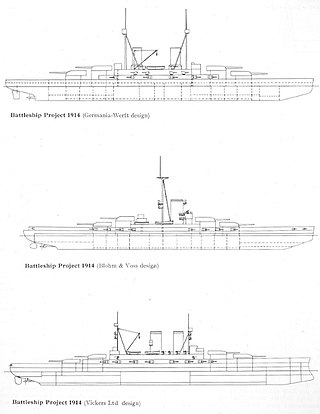
A Dutch proposal to build new battleships was originally tendered in 1912, after years of concern over the expansion of the Imperial Japanese Navy and the withdrawal of allied British warships from the China Station. Only four coastal defense ships were planned, but naval experts and the Tweede Kamer believed that acquiring dreadnoughts would provide a stronger defense for the Nederlands-Indië, so a Royal Commission was formed in June 1912.
At the onset of Confederation in 1867, political planners in Canada and Great Britain realized that Canada had substantial maritime interests to protect. Boasting the fourth largest Merchant Marine in the world, and deriving the majority of its foreign capital through maritime trading should have been enough to persuade the Canadian government of the strategic importance of the seas. Adding the fact that Canada was one of the great shipbuilding and ship-owning countries of the world, and it soon made the need for maritime protection obvious.
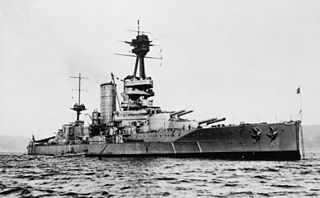
Almirante Latorre, named after Juan José Latorre, was a super-dreadnought battleship built for the Chilean Navy. It was the first of a planned two-ship class that would respond to earlier warship purchases by other South American countries. Construction began at Elswick, Newcastle upon Tyne soon after the ship was ordered in November 1911, and was approaching completion when it was bought by the United Kingdom's Royal Navy for use in the First World War. Commissioned in September 1915, it served in the Grand Fleet as HMS Canada for the duration of the war and saw action during the Battle of Jutland.

Two Minas Geraes-class battleships were built for the Brazilian Navy in the early twentieth century. Named Minas Geraes and São Paulo, these "dreadnought" warships were intended to be Brazil's first step towards becoming an international power, and they consequently initiated a South American naval arms race.
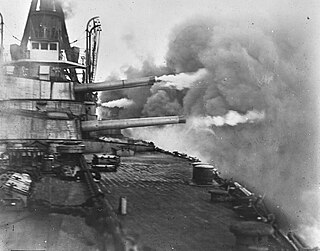
A naval arms race among Argentina, Brazil and Chile—the wealthiest and most powerful countries in South America—began in the early twentieth century when the Brazilian government ordered three dreadnoughts, formidable battleships whose capabilities far outstripped older vessels in the world's navies.















